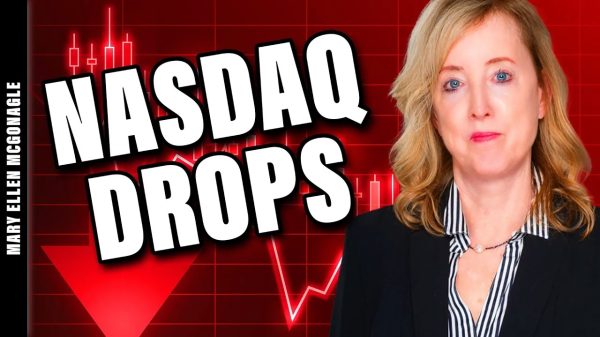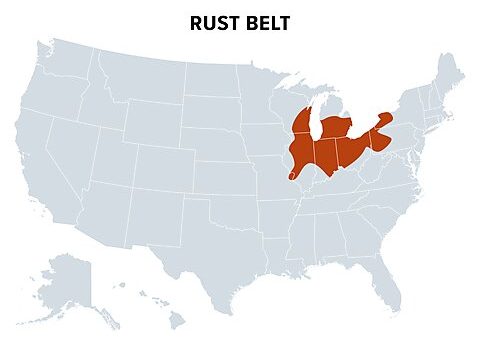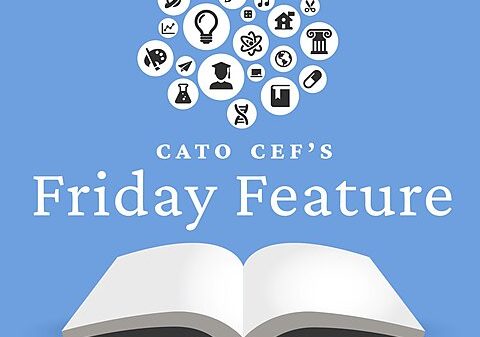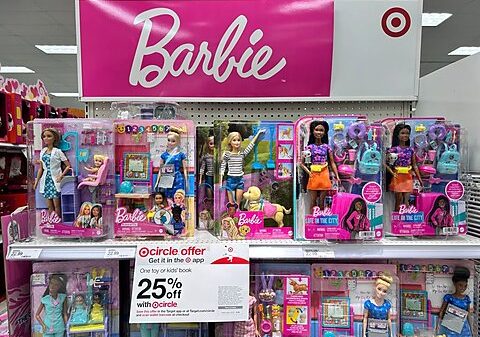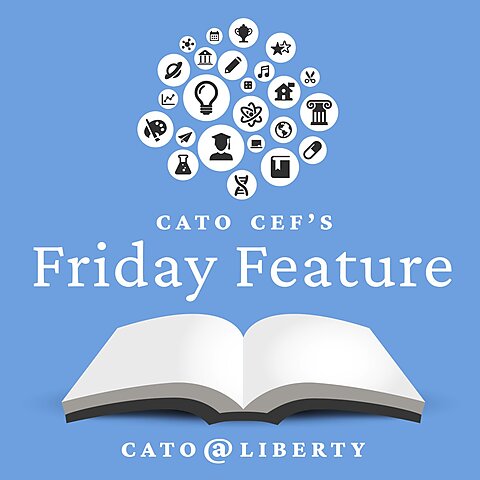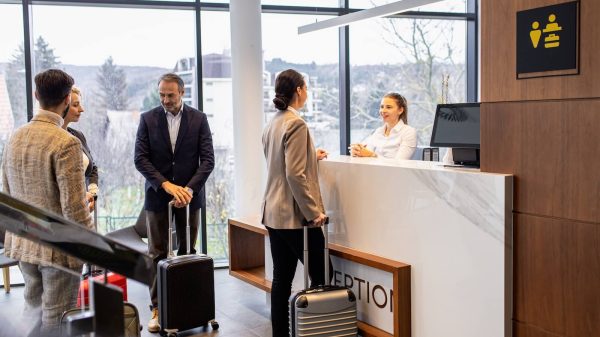Colleen Hroncich
At first glance, LUMIN Schools might look like other traditional schools. But when you dig a little deeper, you find unique ways they’re working to help their students overcome challenges and get on track for successful futures. And the Milwaukee Parental Choice Program is at the heart of it all.
Like many urban areas, a lot of private, mostly religious, including Lutheran, schools in Milwaukee closed in the 1980s and 1990s as middle-income families moved out and churches and schools ran out of money. In 2002, a group of businesspeople and educators formed Lutheran Urban Mission Initiative, Inc. (LUMIN) to try to turn things around.
“In a place like Wisconsin, you’ve got this voucher program where the funding model can actually change,” says Shaun Luehring, LUMIN’s president & CEO. “In coordination with churches or district representatives, we started with one campus. The church had actually just closed. They still had this fledgling school that had, on the books, probably 20 students at the time. Got it up to 76 that first year. And then it’s been pretty organic growth over the last 20 years.”

LUMIN’s “sweet spot,” according to Shaun, is taking over schools that are failing, rather than starting new ones, although it has reopened some closed schools. There will be six campuses next year, with around 1,500 students. Most of the campuses are in Milwaukee, but there are also two in Racine, which has its own voucher program. Wisconsin also has a statewide voucher, which some students use to attend a LUMIN school. Almost all LUMIN students use one of the scholarships, which are all limited to families with lower incomes.
The education program at LUMIN Schools is “focused specifically on children who come in a couple of grade levels behind,” Shaun says. They use blended learning—a mix of technology and support from teachers to help kids catch up. Students complete some work using computer programs that are designed to be at their specific level. Teachers have goals for the students, monitor their progress, and circulate to help them as needed. “It’s the idea of differentiating without having to teach everybody individually,” he adds.
Beyond the core academics, LUMIN focuses on inspiring students to think big. Shaun says 25 percent of young adults in low-income areas are not in work or school. “We’ve got a real problem. And that problem has to do with competency skills—math and reading—and so we doubled down on those. But we also don’t have real, true career development. And that’s the best term that we can come up with of students experiencing things and then reaching for things,” Shaun explains.

LUMIN recently launched a career exploration program called Opportunity Academy, which incorporates several types of outreach. “We partner with quite a few different businesses on things like our Opportunity Expo, where 8th graders prepare their resumes and have two-way interviews with business professionals,” says Shaun. The goal is to give them exposure to and experience with professionals, help them understand career paths, and give them a vision for what careers they can pursue. He notes that in urban areas, children as young as five and six are excluding careers for themselves based on the belief that they can’t do them. By reaching them during the elementary years, he hopes to help change that.
Another newer aspect of the career connection is a pilot program to support LUMIN alumni to help them be successful in high school and beyond. “We work with one of the high schools—they’re a great partner of ours,” says Shaun. Once a month, LUMIN staff go to the school and talk to 9th graders who are LUMIN alumni to help with things such as career development and educational support.
Urban areas around the country face similar challenges, with families often having a hard time finding or affording better educational options. Fortunately, as school choice programs expand, parents are increasingly able to use state education dollars for private school tuition or other education expenses. The LUMIN Schools network provides a model for how local community members can organize to ensure families have options as funding becomes available.







